I’ve been having lots of conversations with therapists looking to enroll in our Somatic Attachment Psychotherapy Training about working with the body in therapy. Lots of therapists identify that they in fact already do use the body in their clinical practices, by asking,
what’s happening in your body?
where do you notice that?
is there a sensation that tells you that?
and then what they share with me is that they often feel uncertain about what to do with that information, or how to take it beyond their initial question/intervention – of course, this is what we teach in SAP over the two years! These conversations inevitably beg the question, is that enough? Is it enough to have people identify what is happening in their body and then notice it, stay with it, watch it? My response is, enough for what? What is the purpose of drawing the client’s attention to their internal sensation or felt sense? What is the working theory, not only about why the therapist is inquiring about the body, but also inviting clients to stay with it? That’s the guiding question here, what is the purpose?
If the intention is to merely have people increase their capacity to be present, be with what is, and increase capacity to tolerate discomfort, then yes, the status quo of how people often use the body might be a worthwhile intervention, though perhaps not the best intervention, as most therapists, prior to somatic training, choose to include the body at a time when there is distress, intense emotion, or disconnection/disembodiment. (More on this later).
If the intention to help process and metabolize material in the system (relational and incident traumatic material), then no, just dropping in and noticing the sensation, and staying with it, particularly difficult or uncomfortable sensations, is not likely going to further the processing of the neurophysiological material or psyche reorganization, and if it does, it will be short-lived. What is likely though, is that simply focusing on the body during these times of arousal will move the system out of the processing window into high/hyper or low/hypo arousal as the dysregulation in the system creates more and more dysregulation. Alternatively, the client may continue to feel the sensation but not really garner further process or understanding from it – for example, the tightness remains tightness, so the intervention fizzles without any further clinical or embodied process unfolding.
In order to process (trauma, grief, loss, etc.), the work is to up and down regulate the autonomic nervous system along side the story. This is where BBP/SAP differs from other somatic dominant trainings – one of our guiding principles is that people need to tell their story, and be witnessed relationally, rather than just experience and process what is happening in their body, so working to re-organize the psyche and body in concert. When we invite the body into the clinical dialogue and process, we want to be able to work to help people to not only be present to what is happening within, but to the nuanced truths of the story that also help anchor and facilitate processing and internal re-organization, both of which are key to change.
Change is key to therapy. We know the body and psyche are wired together, and that trauma is held in the right (versus the left), so we understand as therapists how bringing the body into practice offers an effective way to attend to and process traumatic material (of all kinds) in order to regulate and process the physiological body and reorganize the psyche and internal working models, and ultimately bring forth a new narrative understanding of self and story.
For clinicians, working adeptly with the body necessitates a solid understanding of the Polyvagal Theory (Porges) (read, the Polyvagal made simple) and the Window of Tolerance (Siegal). These conceptual frameworks offer therapists a theoretical framework to guide the use of somatic interventions, rather than simply inserting them into the therapy. Further, I would suggest that correlating sensations and felt sense into this framework is necessary for therapists to have a sophisticated capacity to work with, and in the body.
If we circle back to these conversations I’m having about bringing the body into practice, it seems to me that what we are differentiating here is mindfulness and somatic processing. While there is overlap, they ultimately have different purposes. Mindfulness is a practice oriented towards increasing one’s capacity to be with what is. Somatic process has the intention to shift the internal state and process material. These are significant differences when thinking about the purpose of inviting the body into the clinical conversation. In this way, I want to underscore not only the difference between mindfulness and somatic therapy, but the difference in intention. Somatic therapy is used to process material. It may use mindful presence to attune and be with experience, but it at its core, it’s about shifting and processing—making it different, not learning to be with what is.
If your interest is piqued, and you want to know more about my trainings, here’s a link to the Somatic Attachment Psychotherapy training page
